Winter is the perfect time to pick up a new exciting sew-in project for everyone. Whether you wanna brush up skills with a cozy but stylish quilt to keep warm and vibing or craft a low key comfortable blankie, It is the season for sewing enthusiasts who wanna make warm clothes. However, have you considered what you are gonna do about the type of material? This is where wadding comes in!
Now, if you wondering what is wadding in sewing? Then…It is a layer of material that professionals actually insert between fabric layers to provide heat insulation while giving your project a plush feel.
Also known as batting by folks it comes in many different types. All suited for different types of projects. Namely; polyester, cotton, bamboo, wool, sew-in interfacing and fusible.
Are you somebody who wants to use these wadding types in your sewing projects this winter, don’t know which types you should go with? It is a typical concern for many beginners.
But do not worry, in this blog, we will go over everything you need know about with each type so you can confidently make proper material option for your winter project
Let’s begin!
Types of Wadding
Here are the top six wadding material types that are perfect for all winter projects undertakings. Let’s go at them one by one.
1. Polyester Wadding
First and foremost the most recommended types of beginner, the polyester wadding.
The reason why the polyester is such a popular choice, is due to the newbie friendly nature, its easy to get head around it and offer great affordability and ease of availability.
This is on top of the excellent wash ability and quick drying benefits it offers, making it a truly an excellent choice for items that require frequent cleaning.
Also, perfect for a project that you wanna give a medium loft, which is a term used to describe the thickness or puffiness of the wadding.
This particular type of wadding is very suitable for general stuff as Its lightweight nature makes it ideal for projects where added bulk is not desired.
All in all, if you are somebody who is starting out we highly recommend you go with a polyester wadding.
2. Cotton Wadding
Next most popular type of wadding is the cotton wadding type.
If you are interested in creating a project with has a soft, breathable texture and overall comfort, for example children blankets then cotton wadding is great for you due to its natural fiber composition.
Though you wanna remember that since it is cotton based, your finished project may shrink slightly after washing.
Protip: One protip you can use here is to always pre-washing avoid a wrinkled finish.
3. Wool Wadding
Okay, the third most popular wadding type is wool. The reason behind this is the exceptional insulation properties.
If you are looking to give your project a lofty, luxurious feel and a cozy touch, then the wool wadding is for you.
Note: One thing you wanna remember is that wool, unlike other materials, is not best situated for items that need frequent washing.
4. Bamboo Wadding
Prepared choice for baby items, bedding, and lightweight garments, the fourth most popular material you wanna rely on, if you don’t wanna go with other materials, is that bamboo wadding is perfect for you.
This particular type is really worthwhile for those people who are looking for an eco-friendly and sustainable nature material that also has antimicrobial properties and breathability.
Contrary to popular belief bamboo wadding is not hand in nature, however, it actually offers a very soft and silky texture.
5. Fusible Wadding
Now, what if you only want heat on one side of the project, then instead of the material above, you can rely on fusible batting.
The reason behind this is its nature of double-sided wadding and a core heat – activated adhesive on only one side. On top of that, it also eliminates the need for pin or spray-basting, saving both time and effort.
The application of usage is also different with this one, unlike the other materials above, This adhesive allows it to be ironed directly onto fabric
Its versatile and ease to use, makes fusible wadding particularly popular for modern craft projects, children’s quilts, and items that require frequent washing.
6. Sew-In Interfacing
The last but on the least comes the sew-in interfacing material technique.
Now, as the name suggests sew-in interfacing is not technically wadding, however it can provide all the best material of wadding mentioned above.
The reason the sew-in interfacing deserves mention in this list of wadding. It is thanks to its fabric-like material. It can offer a softer and more flexible result, particularly compared to fusible interfacing.
Sew-in interfacing is attached to the fabric by stitching, It can also be applied to the wrong side of the main fabric. Due to nature it also helps you ensure stability, overall good structure, or if needed extra reinforcement to specific areas of a sewing project.
So if you are looking for something lightweight for delicate projects go with sew-in interfacing.
Closing Thoughts
Whether you wanna create a project that is affordable, eco-friendliness, great insulation, while being easy to use, you will find a good wadding type in the above mentioned above.
Also, while you are making whatever dream project with wadding, don’t not forget to explore its versatility in materials options. Cause silk wadding, quilt making and natural fiber are perfect for getting a touch of luxury.
For examples the blended wadding or same wadding or black wadding can all contribute to the creation of a beautifully finished quilt or practical items like oven gloves and its even great for getting a diverse textures, and enhance your machine quilting, machine stitching and sewing skills.
Do you think we miss something? do have different material you work with that give better result and more comforts, let us know in the comment section below.
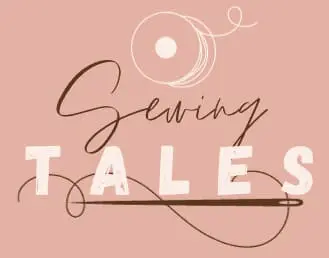

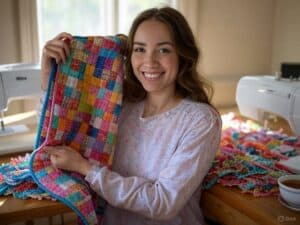
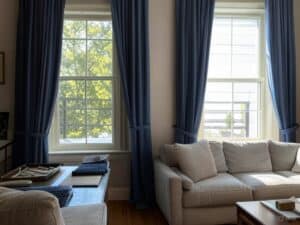

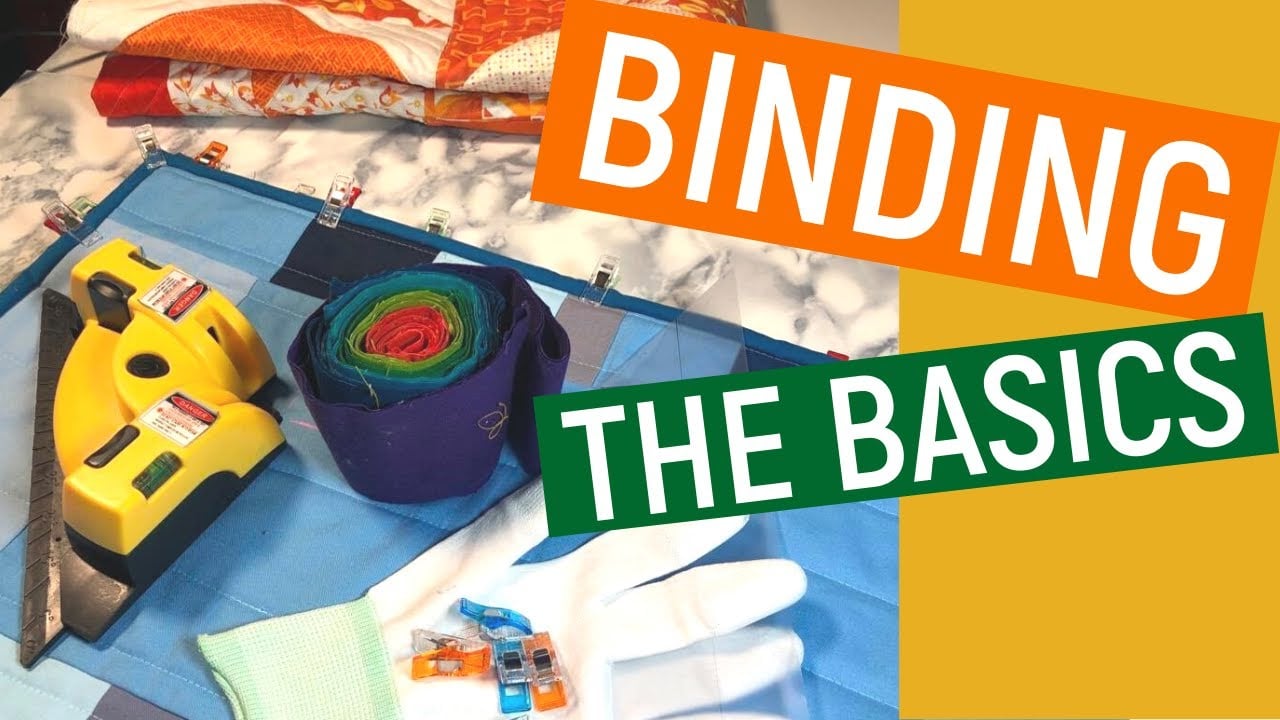
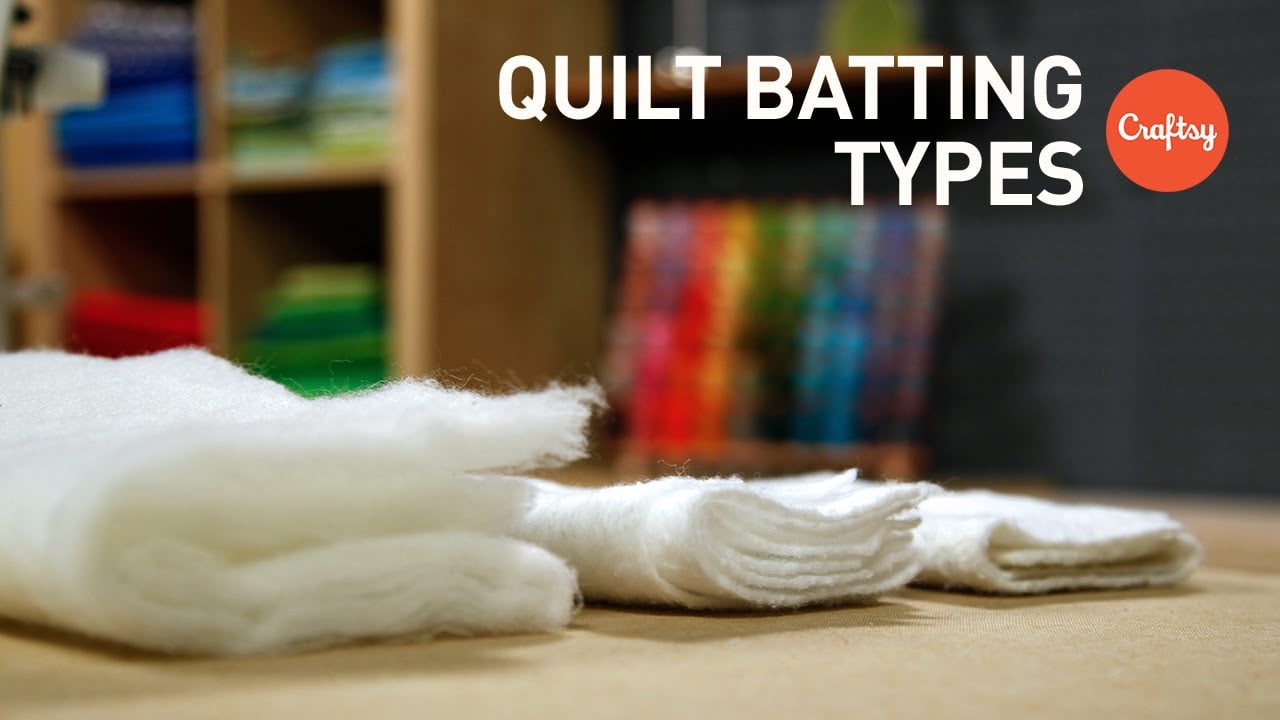
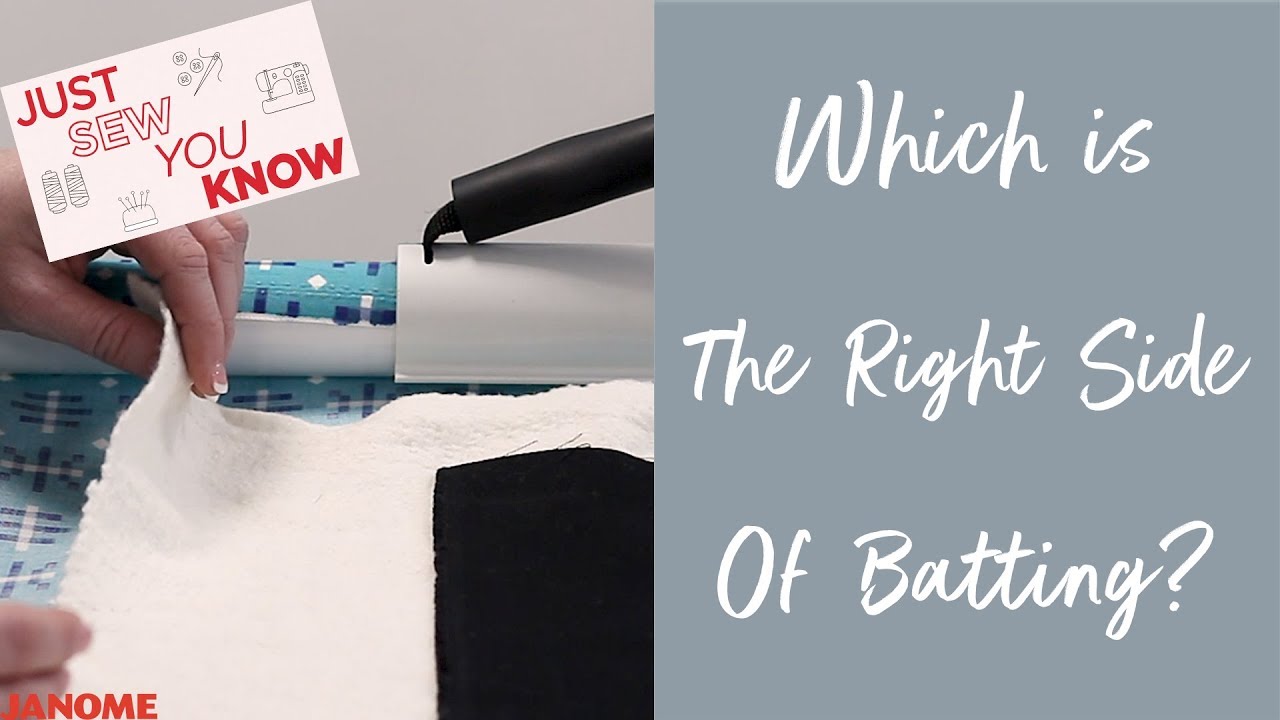
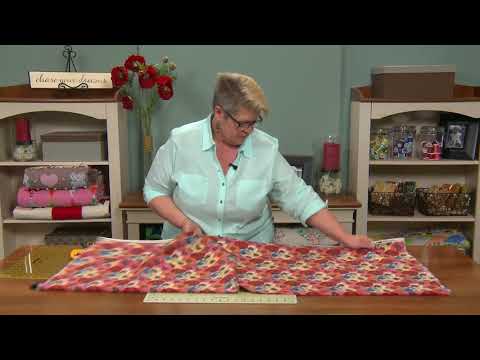
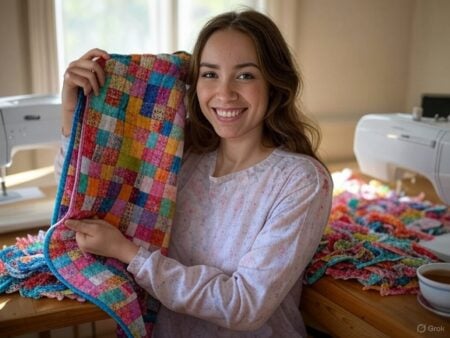
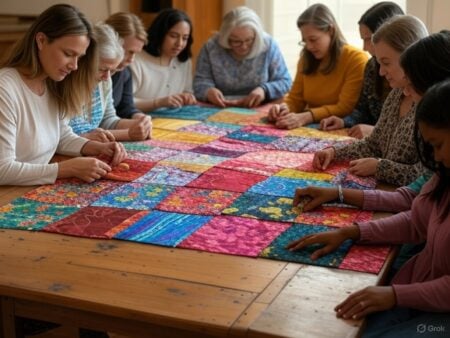
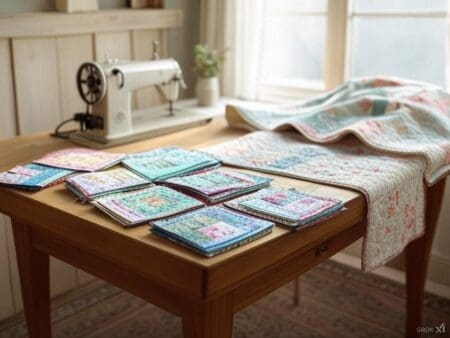
5 Comments
The detailed insights into each wadding type, including their characteristics, recommended uses, and tips such as pre-washing for cotton wadding, make this article a practical reference. The inclusion of pro tips, like the suggestion to pre-wash cotton to avoid a wrinkled finish, demonstrates the attention to detail and consideration for the readers’ success in their projects. Overall, it serves as a valuable resource for anyone delving into winter sewing projects and looking to make informed choices about wadding materials.
This article totally upgraded my winter sewing game! Explaining the wadding types in such simple terms was a lifesaver. Now, choosing between polyester for beginners, cotton for cozy vibes, wool for that luxe feel, bamboo for eco-friendliness, fusible for time efficiency, and sew-in interfacing for delicate projects feels like a breeze. Ready to level up my winter projects with confidence!
This article is a useful resource since it provides comprehensive information about every type of wadding, along with suggested applications, pre-washing instructions for cotton wadding, and other details. Nowadays, it’s easy to decide between polyester for novices, cotton for coziness, wool for a luxurious feel, bamboo for environmental friendliness, fusible for time savings, and sew-in interfacing for delicate projects.
I really like this article because it helps me understand different types of wadding for my sewing projects. It suggests starting with polyester wadding if I’m a beginner. The info about cotton wadding being soft and good for kids’ blankets is great. Learning that wool wadding is cozy but not ideal for frequent washing is good to know. The article also mentions bamboo wadding for baby items and lightweight clothes, which is a helpful alternative for me. Overall, it gives me practical tips to make better choices for my projects.
Anna Smith’s article on different types of wadding in sewing greatly benefited me as a sewing enthusiast. The detailed explanations of each wadding type helped me understand their unique properties and applications. Now, I can confidently choose the right wadding for my projects based on factors like affordability, ease of use, and specific project requirements. Thank you for making the world of sewing materials more accessible and user-friendly!